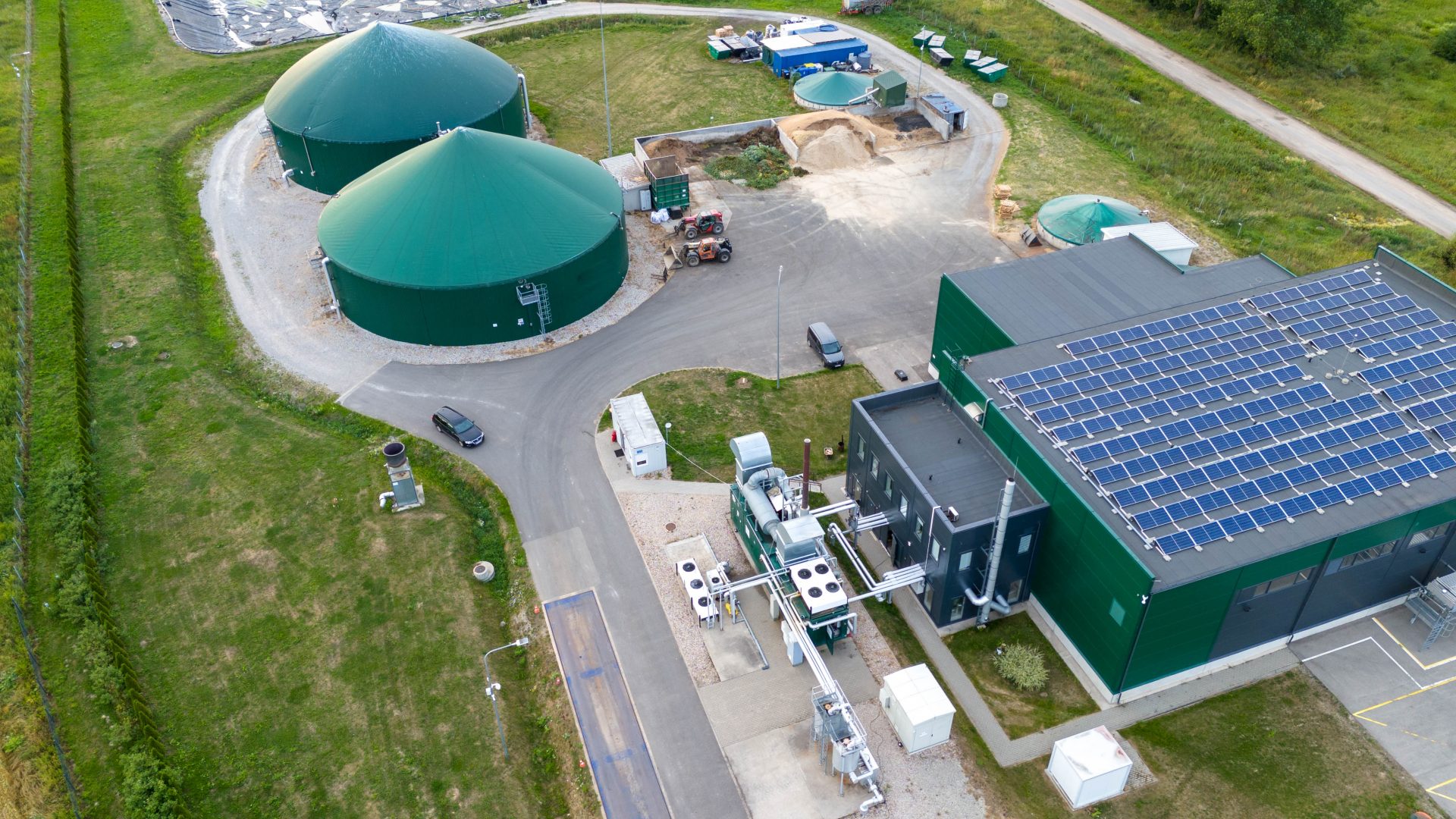
The post-funding support for biogas refers to the financial assistance available for biogas plants after the expiration of the 20-year EEG (Renewable Energy Sources Act) funding period. This support aims to ensure the long-term economic viability of biogas plants and maintain their contribution to the energy transition.
In Germany, biogas plant operators receive a guaranteed feed-in tariff under the EEG for 20 years. After this period, operators can participate in tender processes to secure post-funding for an additional 10 years.
1. Why is Post-Funding Support for Biogas Necessary?
After the expiration of the EEG feed-in tariff, many biogas plants face economic challenges. Market electricity prices are often not high enough to cover operating costs, especially given the increasing production and labor costs. Compared to other renewable energy sources like wind or solar, biogas plants have higher operational expenses.
For example, if the spot market price for electricity is 7 cents per kWh, a biogas plant may not be economically viable without additional financial support. However, biogas plants play a key role in the energy system due to their flexibility. This is why post-funding support was incorporated into the EEG framework.
2. EEG as the Basis for Post-Funding Support
Post-funding support was introduced in the EEG 2021 and later expanded through the EEG 2023 and EEG 2024. It allows operators to continue running their plants economically for another 10 years after the initial 20-year funding period.
The legal framework stipulates that biogas plants with a capacity of over 150 kW must participate in tender processes to receive funding. Smaller plants, particularly those using manure as a substrate, can apply for funding without participating in a tender.
3. How Does the Tender Process for Post-Funding Work?
Biogas plant operators can participate in tenders to determine the reference value for their facility. This value serves as the basis for calculating the market premium.
The following plants are eligible to participate:
- Existing plants: Facilities whose EEG funding period is expiring.
- New plants: Facilities that have not yet been commissioned.
For example, if an operator submits a bid in April 2025 and is awarded a contract, the plant can enter the post-funding phase as early as August 2025. The time between the award and funding start date must be at least two months and at most 60 months.
4. Requirements for Participating in the Tender Process
To qualify for post-funding tenders, operators must meet the following requirements:
- Installed capacity: The maximum rated capacity must not exceed 45% for biogas plants and 75% for solid biomass plants.
- Flexibility: The plant must be able to generate electricity on demand.
- Permits: All necessary approvals must be in place at the time of bidding.
5. Flexibility Premium and Market Value: How is the Funding Structured?
The post-funding support consists of two key components:
- Reference Value – Determined through the tender process.
- Flexibility Premium – A bonus for plants that can adjust their electricity production based on market demand.
6. Changes in Market Value Calculations
From 2023 onwards, the market premium is calculated based on the annual market value rather than the monthly market value. This benefits plants with seasonal operations, as electricity prices are generally higher in winter.
7. Key Changes Introduced by EEG 2024
The EEG 2024 brings several important updates, including:
- Reallocation of Unused Tender Volumes: Unallocated biomethane quotas are transferred to other biomass tenders.
- South Quota Suspension: The requirement to prioritize funding for plants in southern Germany has been suspended until 2027.
- Bid Cap Adjustments: The Federal Network Agency can increase or decrease the maximum bid values by up to 15%.
8. Impact of Negative Electricity Prices on Funding
Starting in 2025, funding will be suspended for biogas plants when electricity prices turn negative. However, operators can adjust production to avoid these periods.
The suspension applies under the following conditions:
- From 2025: If prices remain negative for three consecutive hours.
- From 2027: If prices remain negative for one hour.
9. Future Outlook for Biogas Plants
Currently, biogas plants with a total installed capacity of 6.5 GW contribute approximately 5.6% to Germany’s gross electricity production. Despite increasing flexibility and efficiency, the challenge remains to establish long-term economic stability for the industry.
The EEG 2024 aims to enhance system efficiency and improve the future outlook for biogas operators. Expanding tender volumes is a key measure to support this goal.
Post-funding support is a crucial component of Germany’s energy transition, ensuring the continued economic viability of biogas plants beyond their initial funding period. Operators should take advantage of the latest legislative updates to align their plants with evolving market conditions.
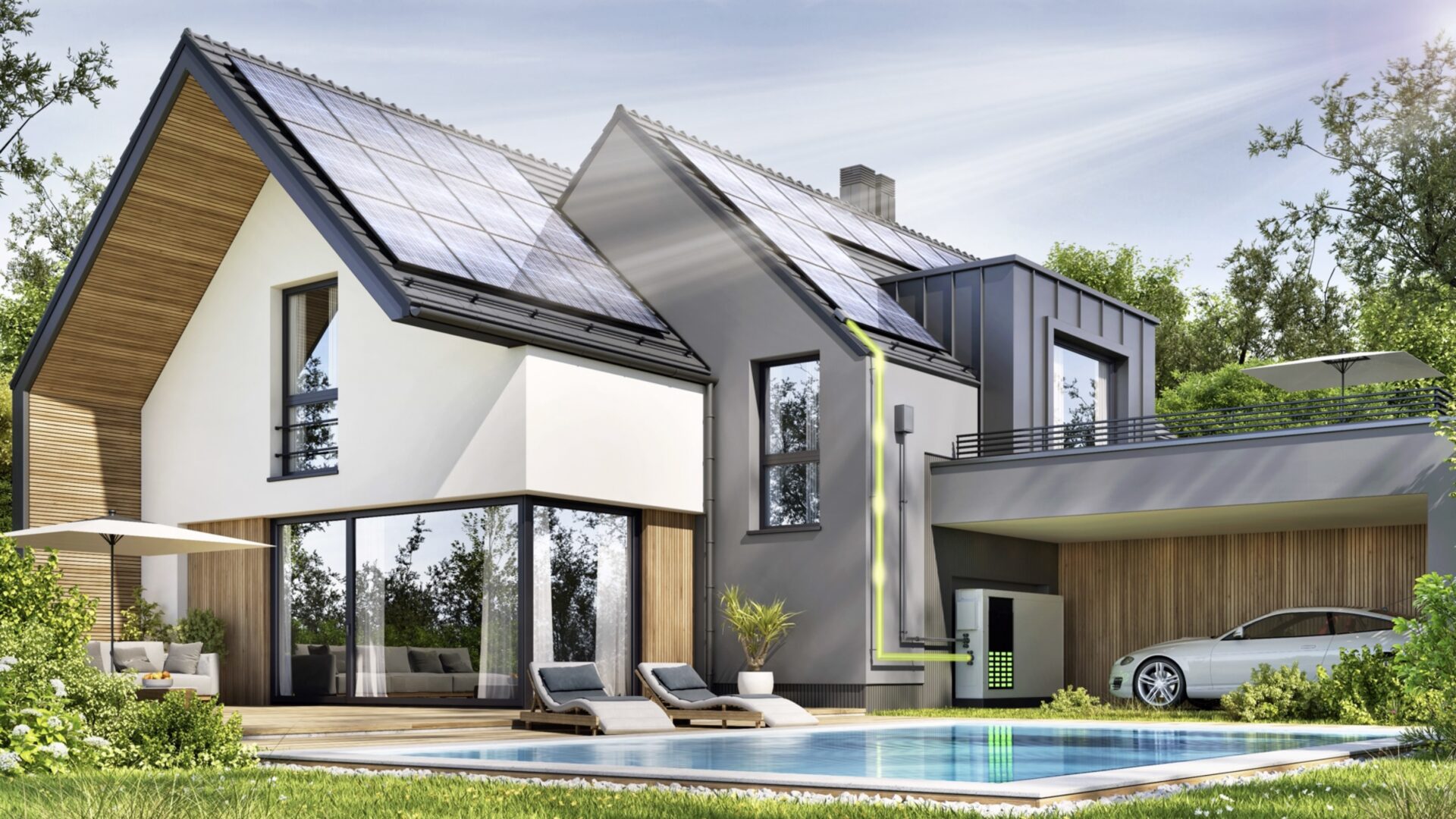;)
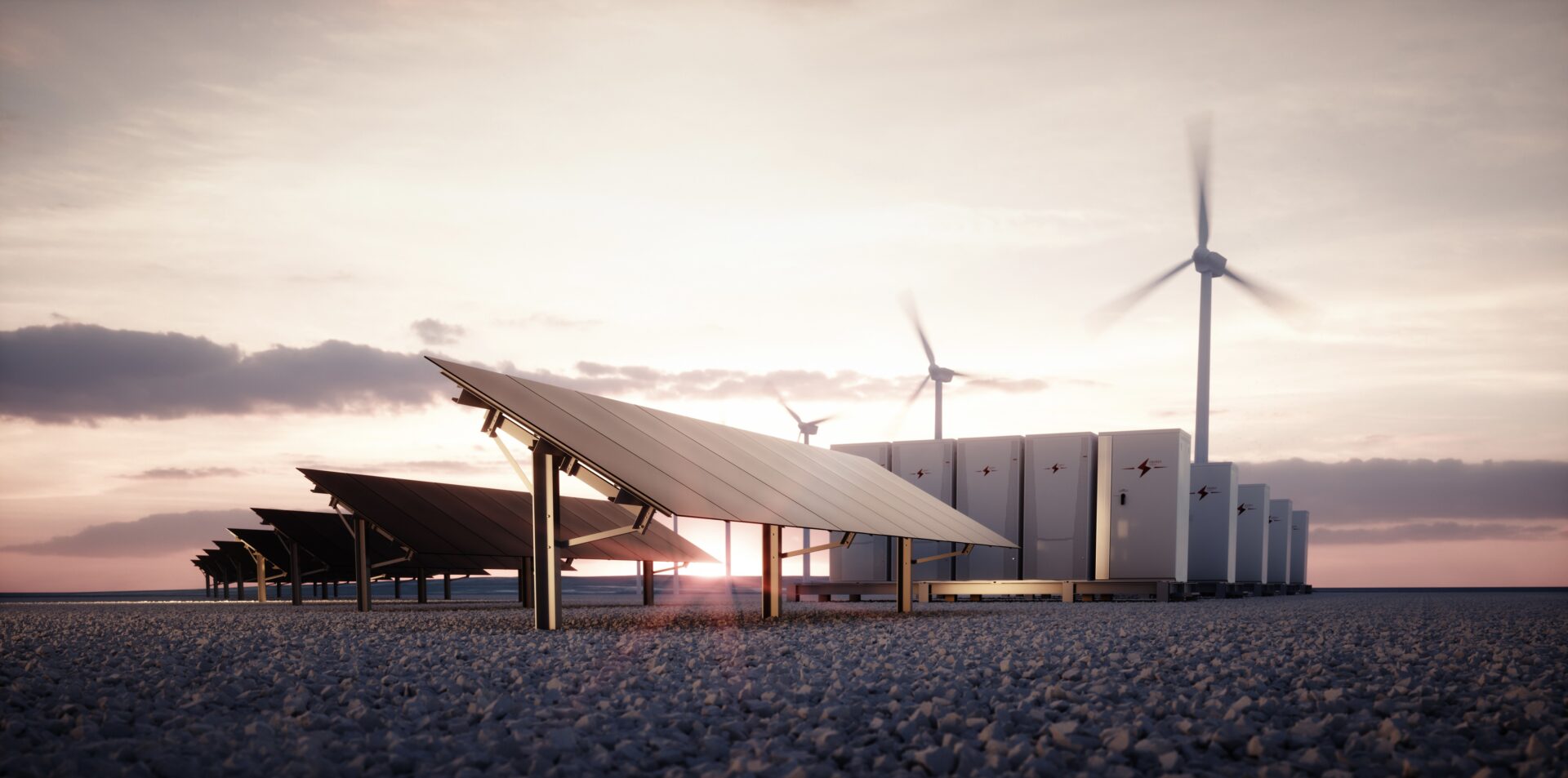;)
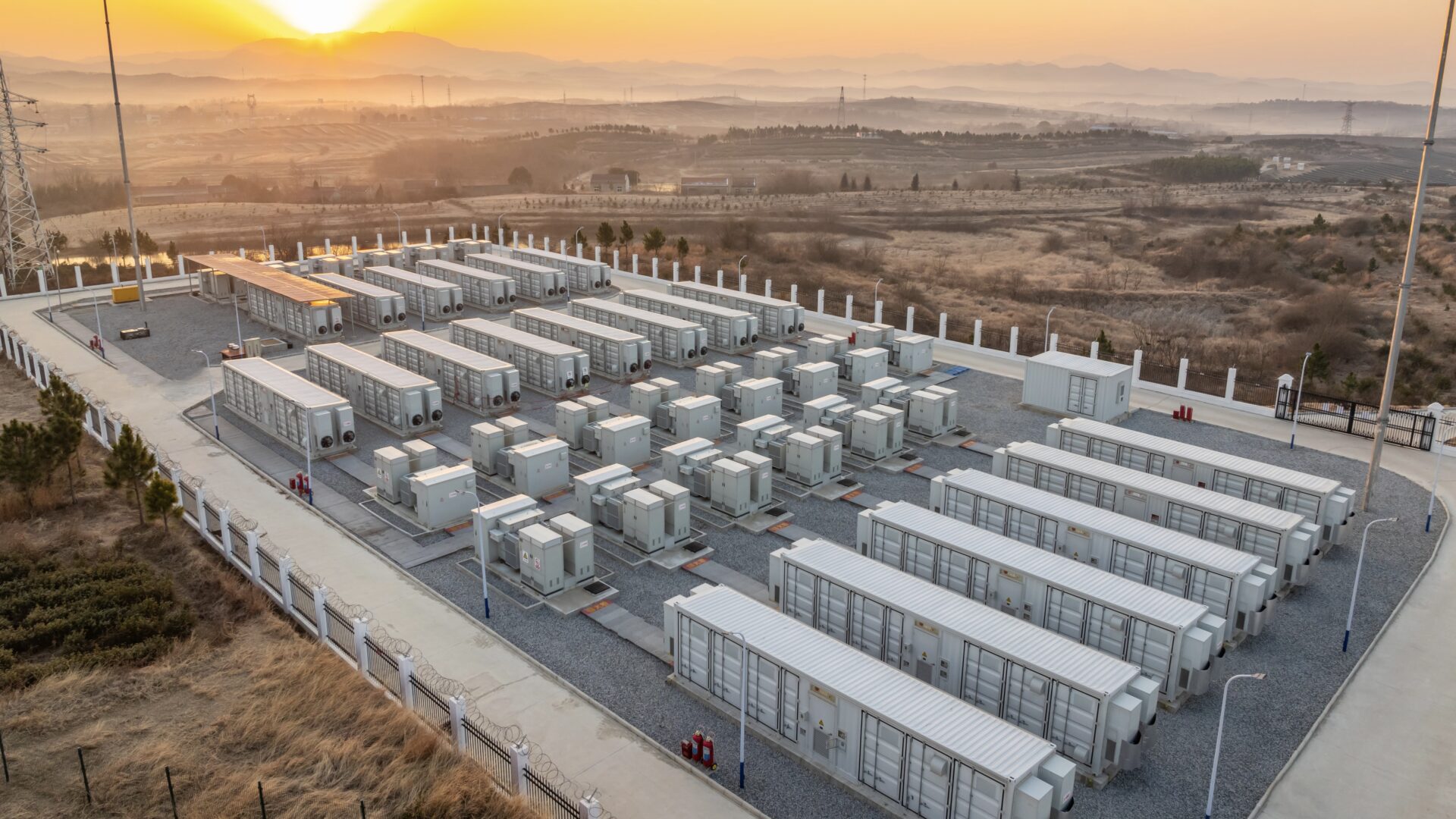;)
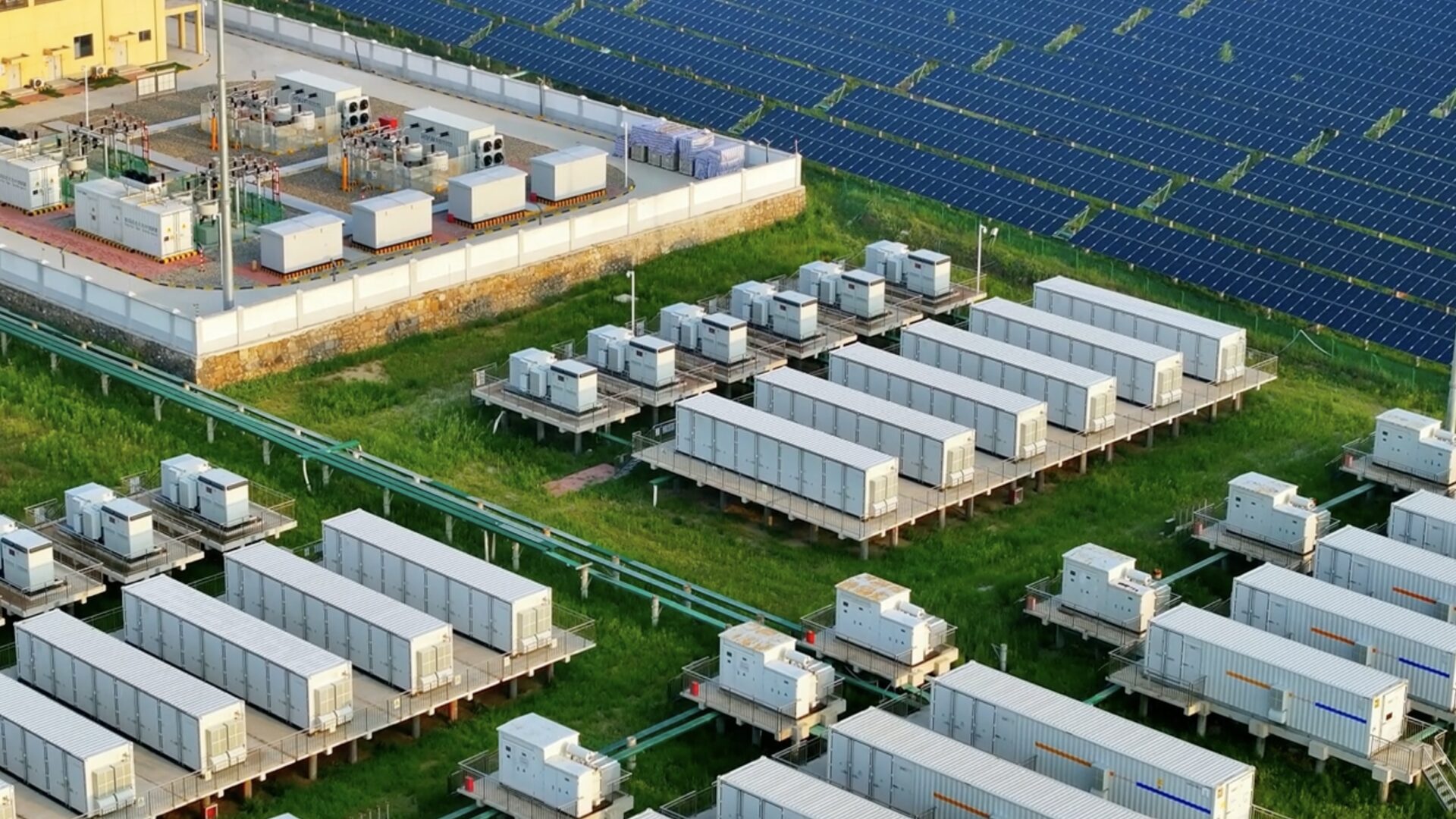;)

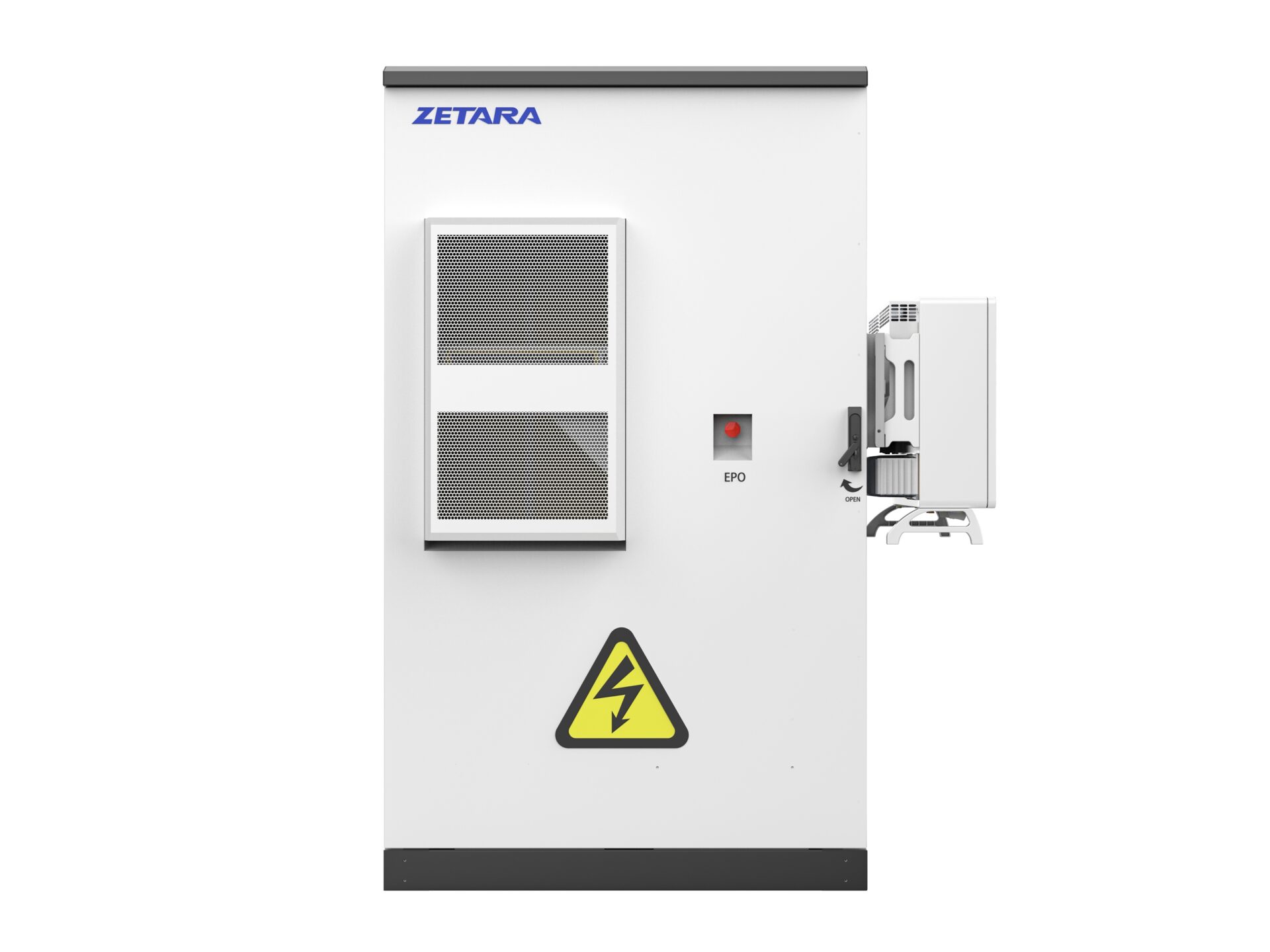
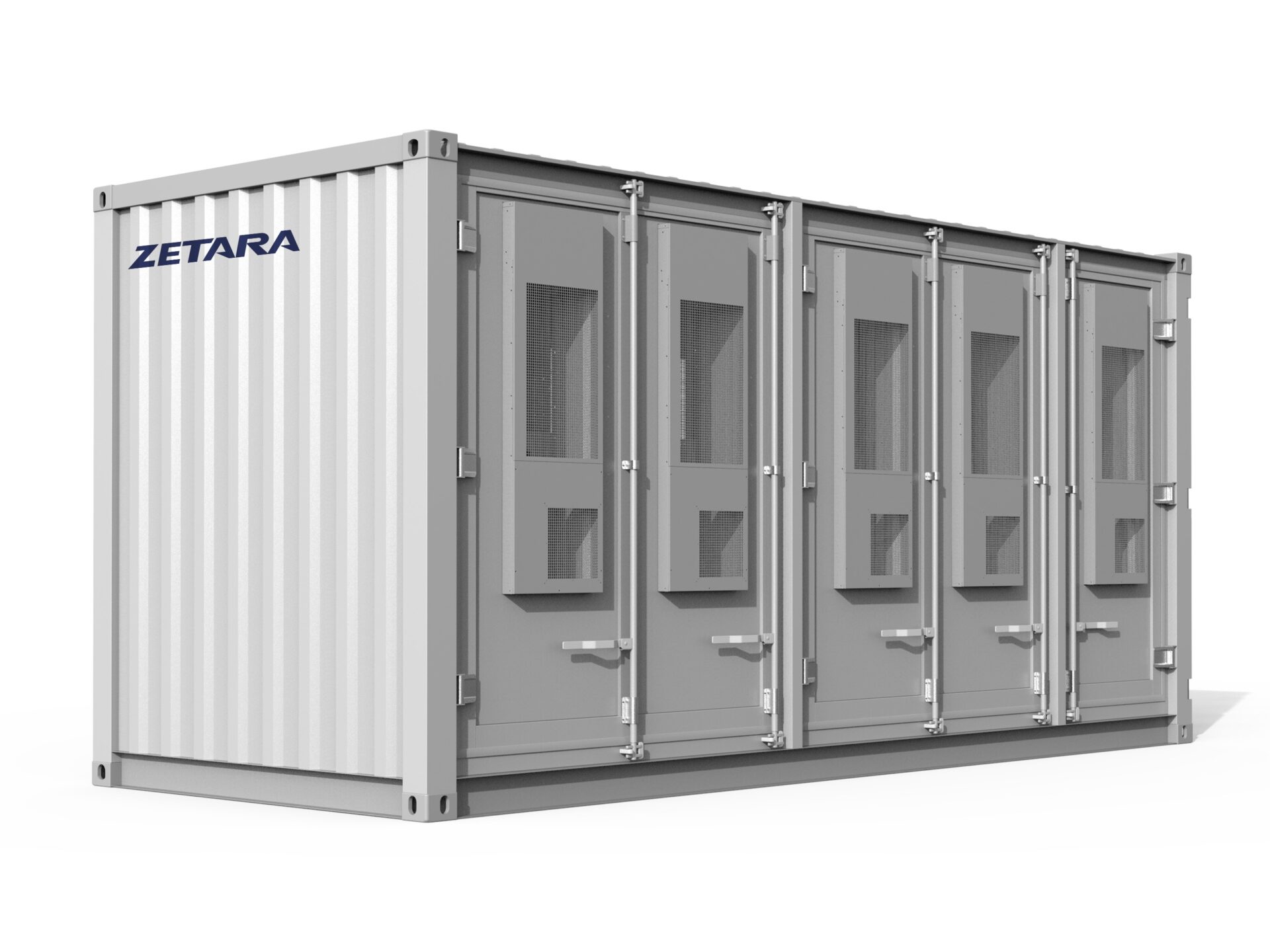
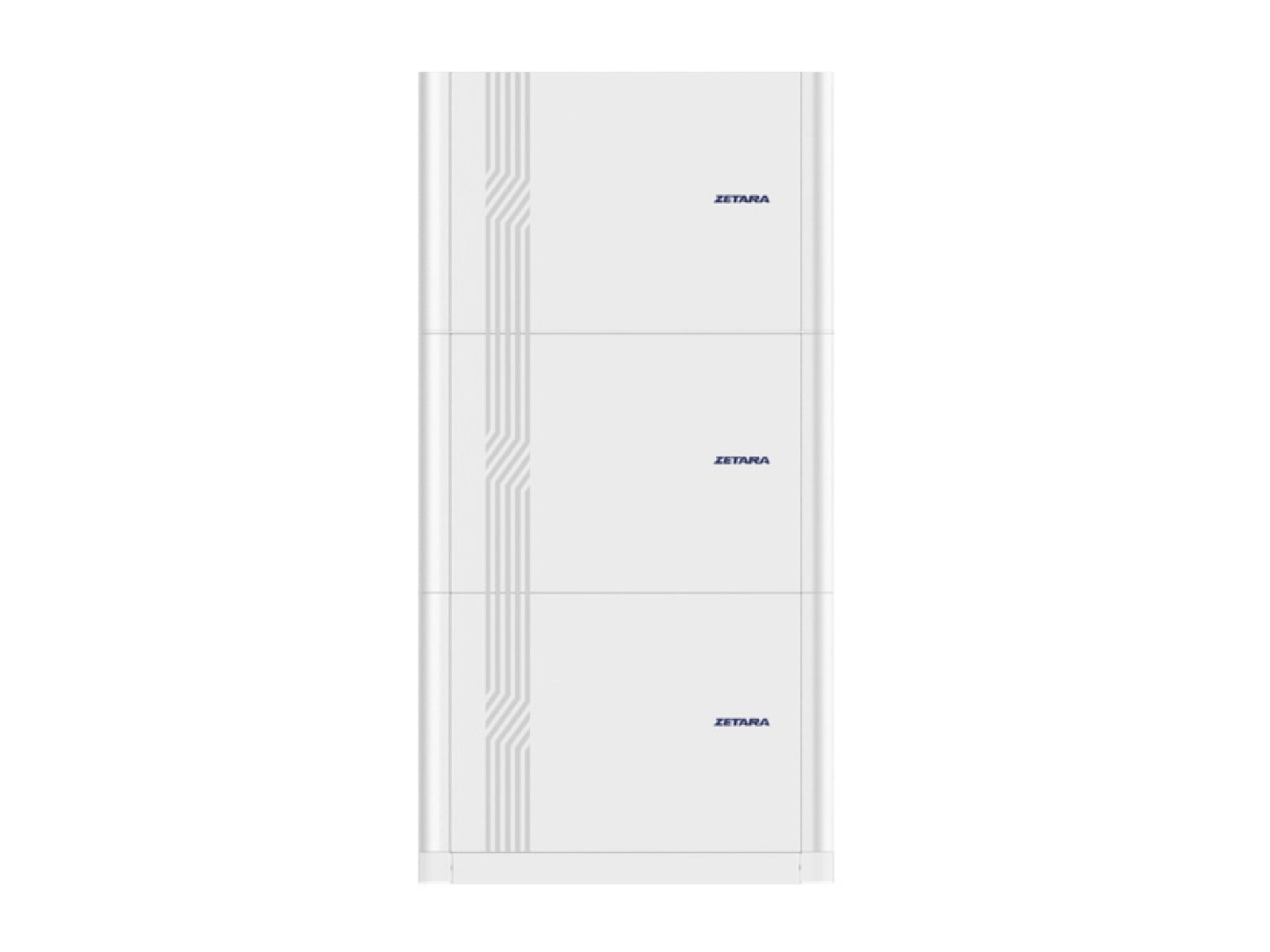
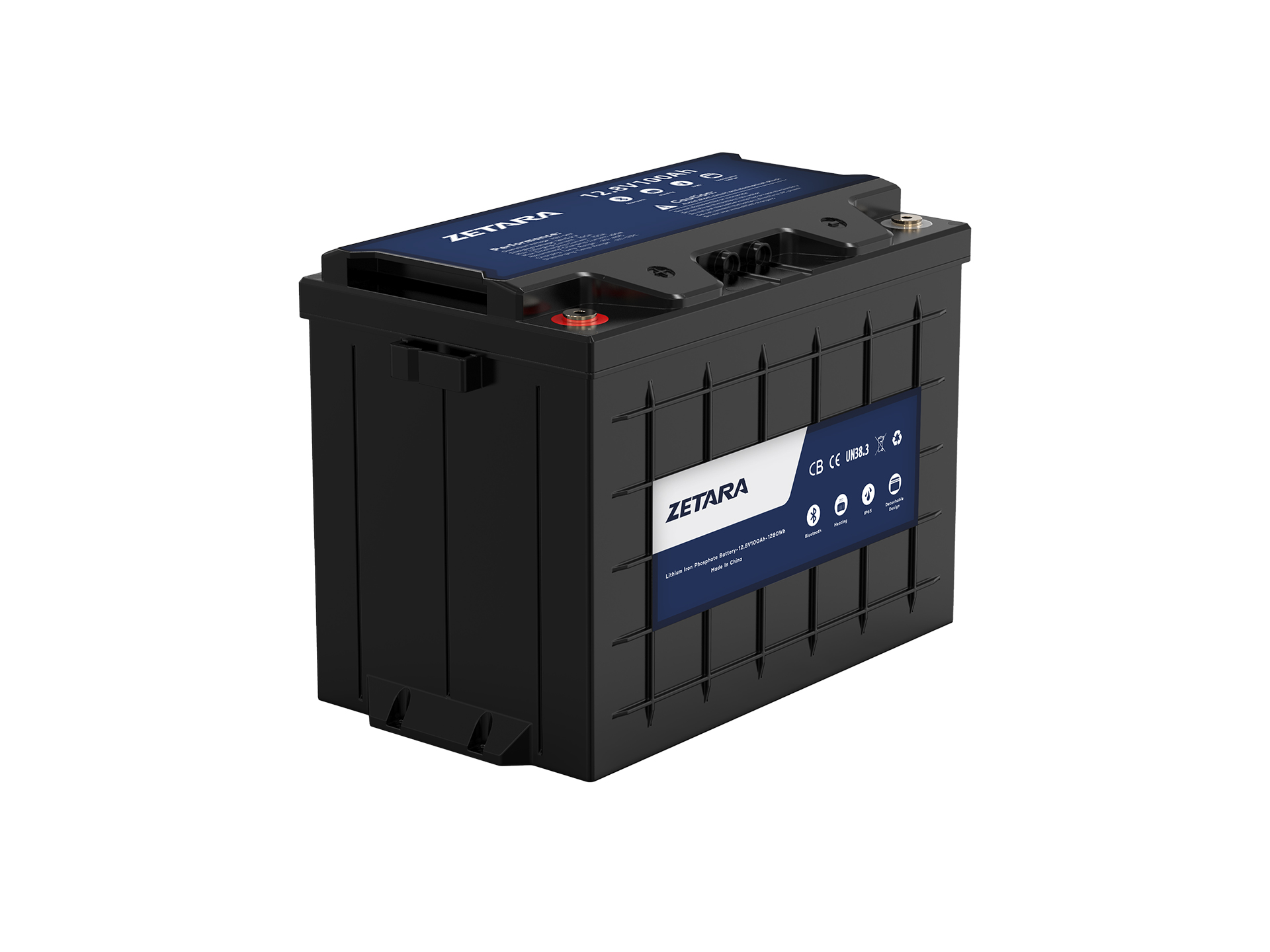

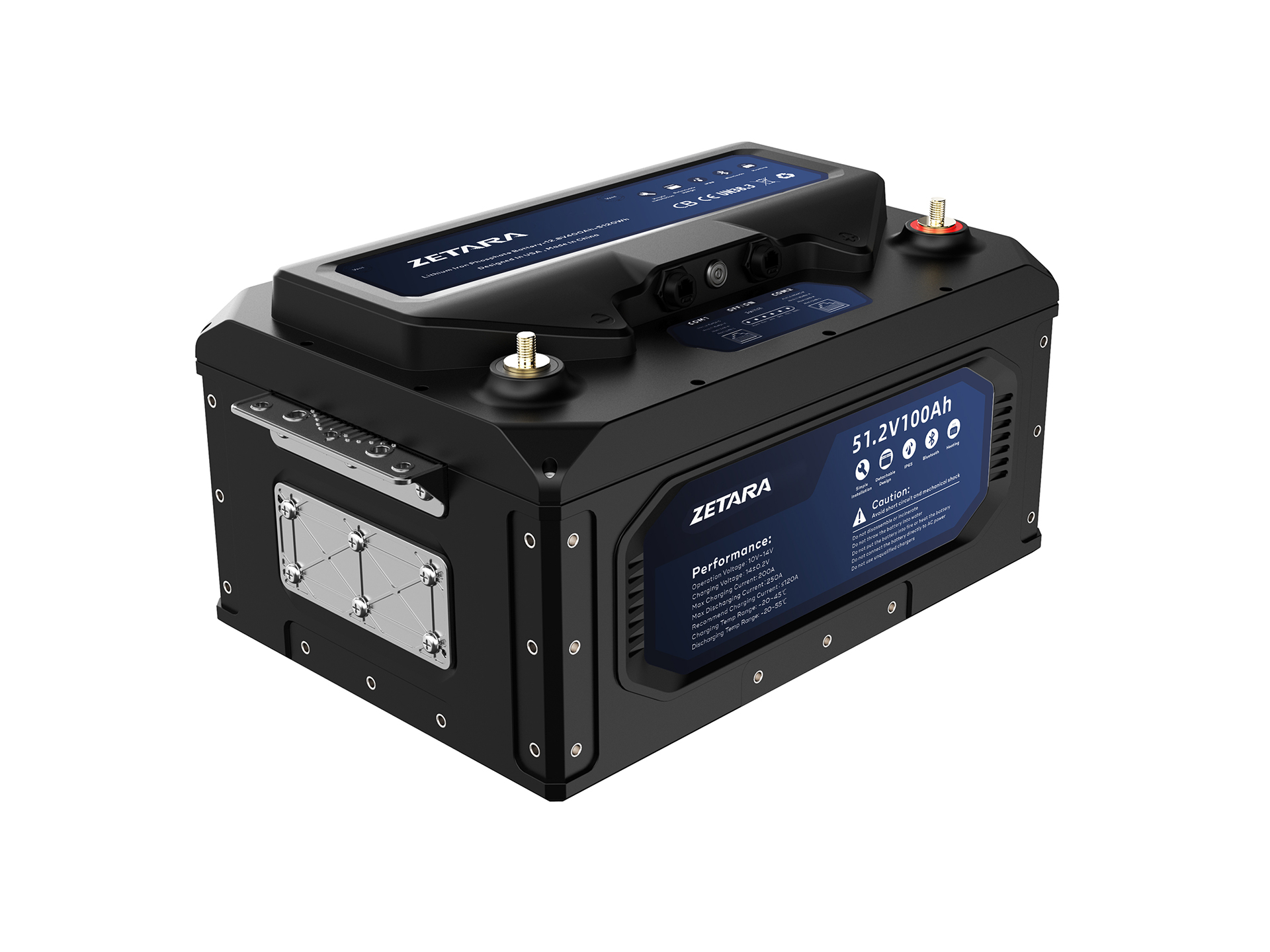
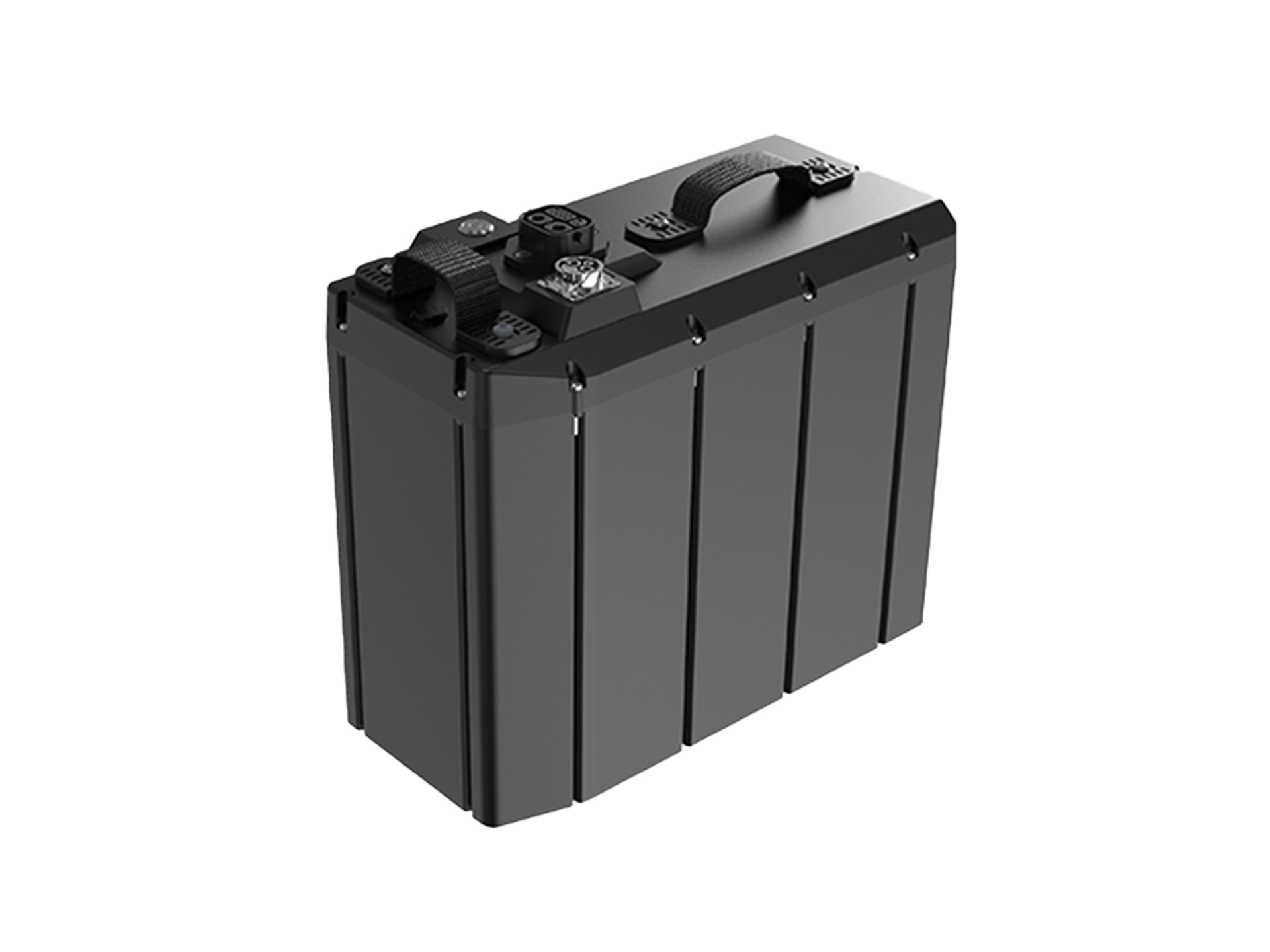
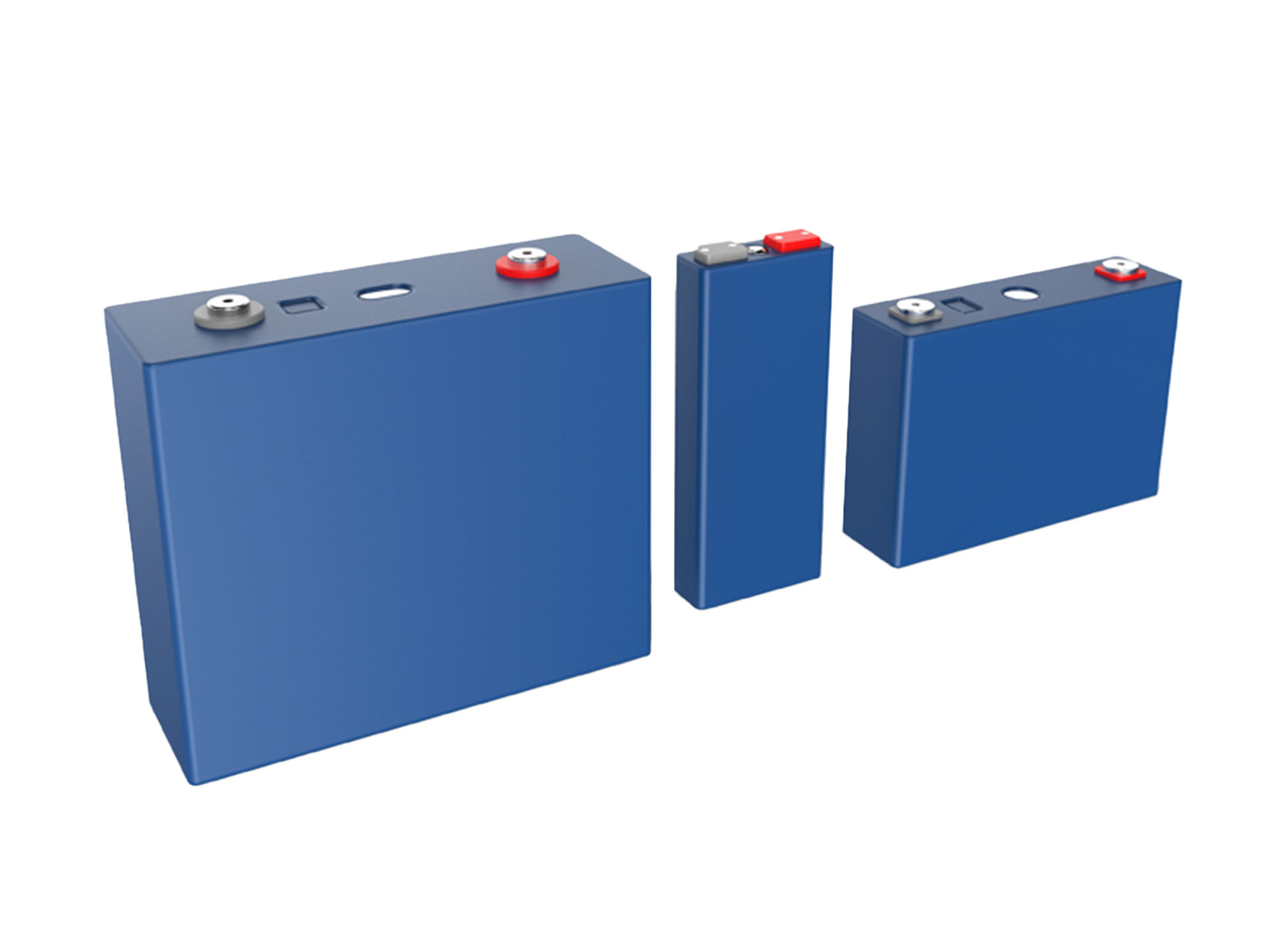
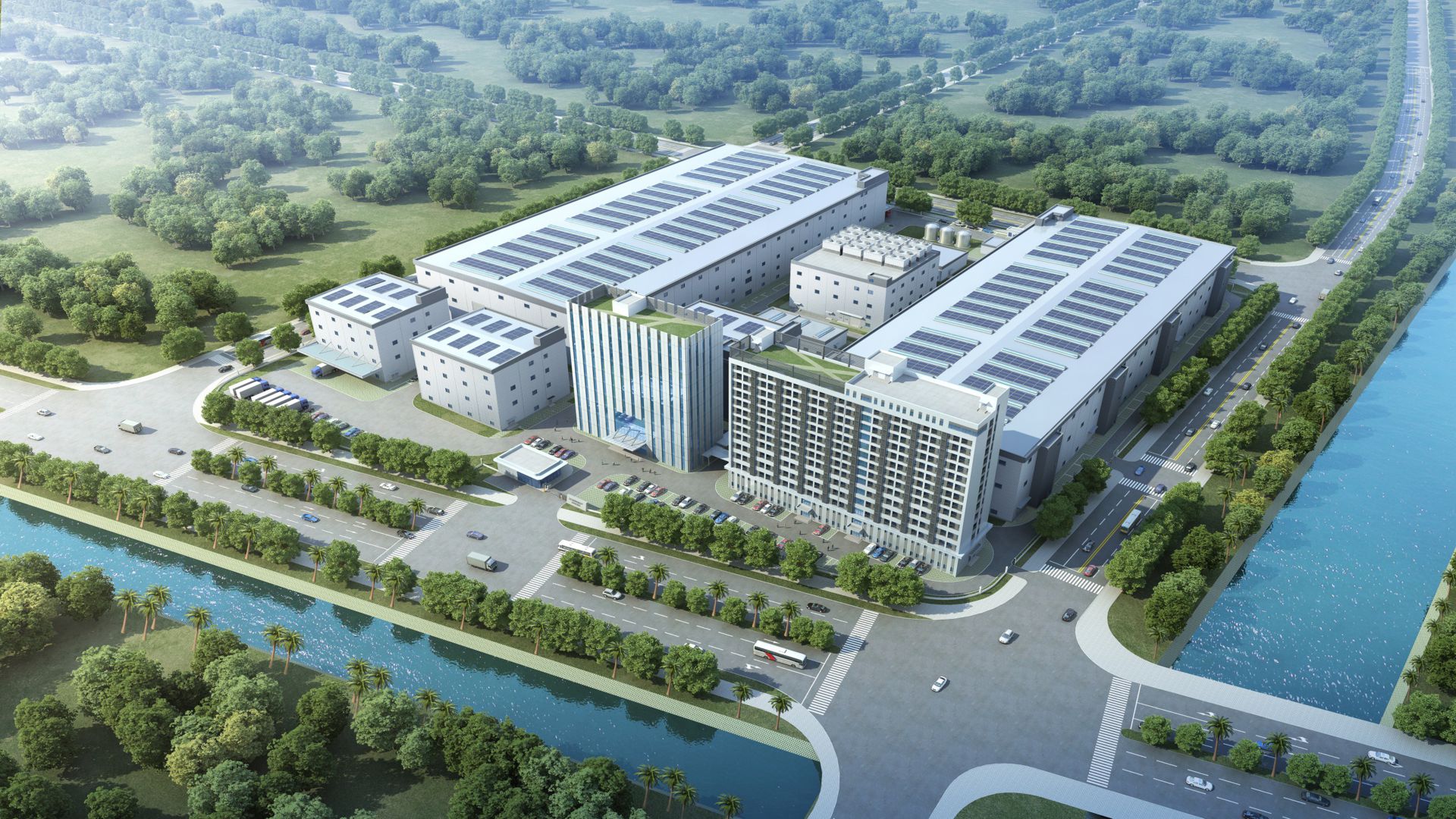;)
;)
;)
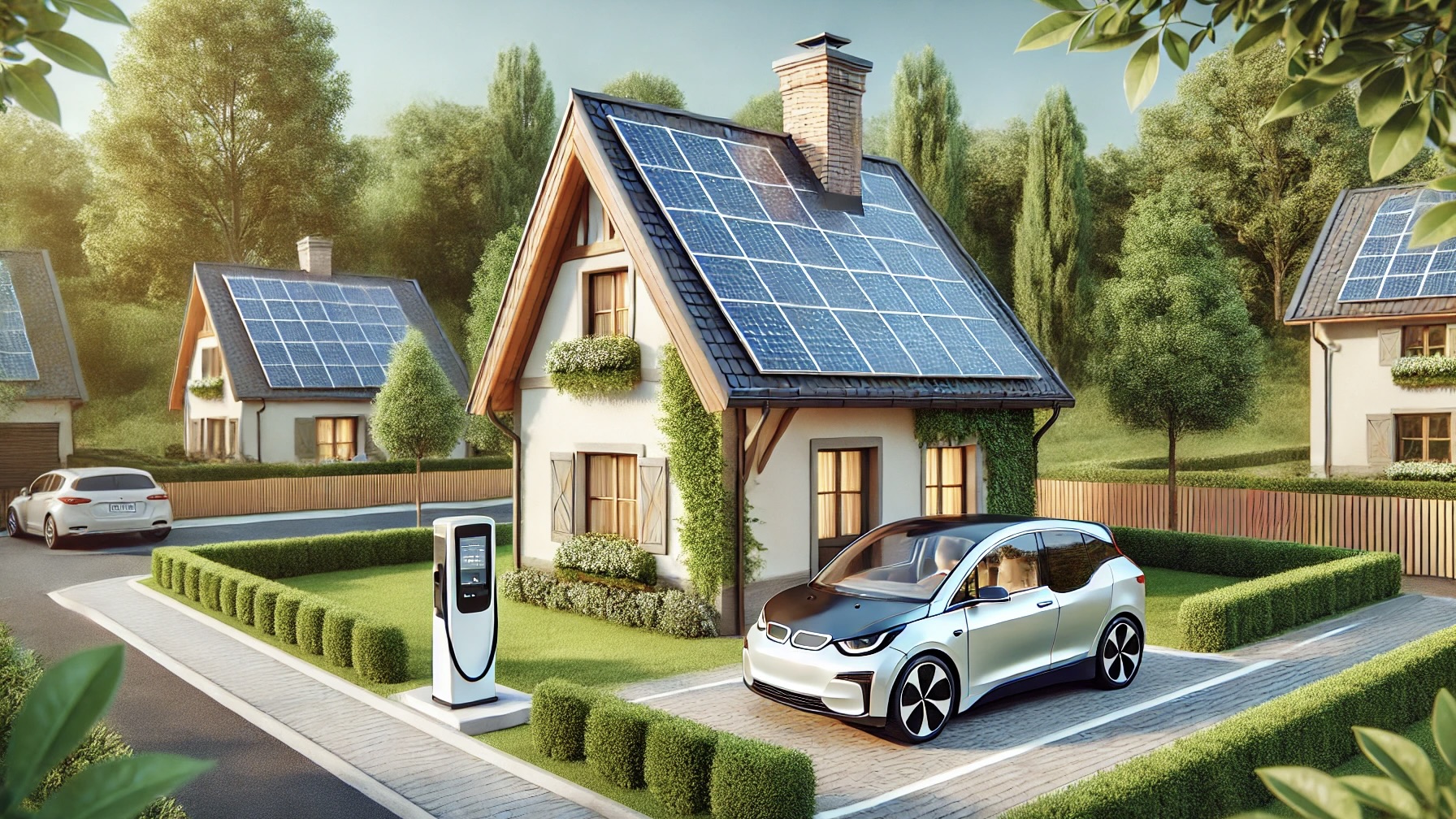;)
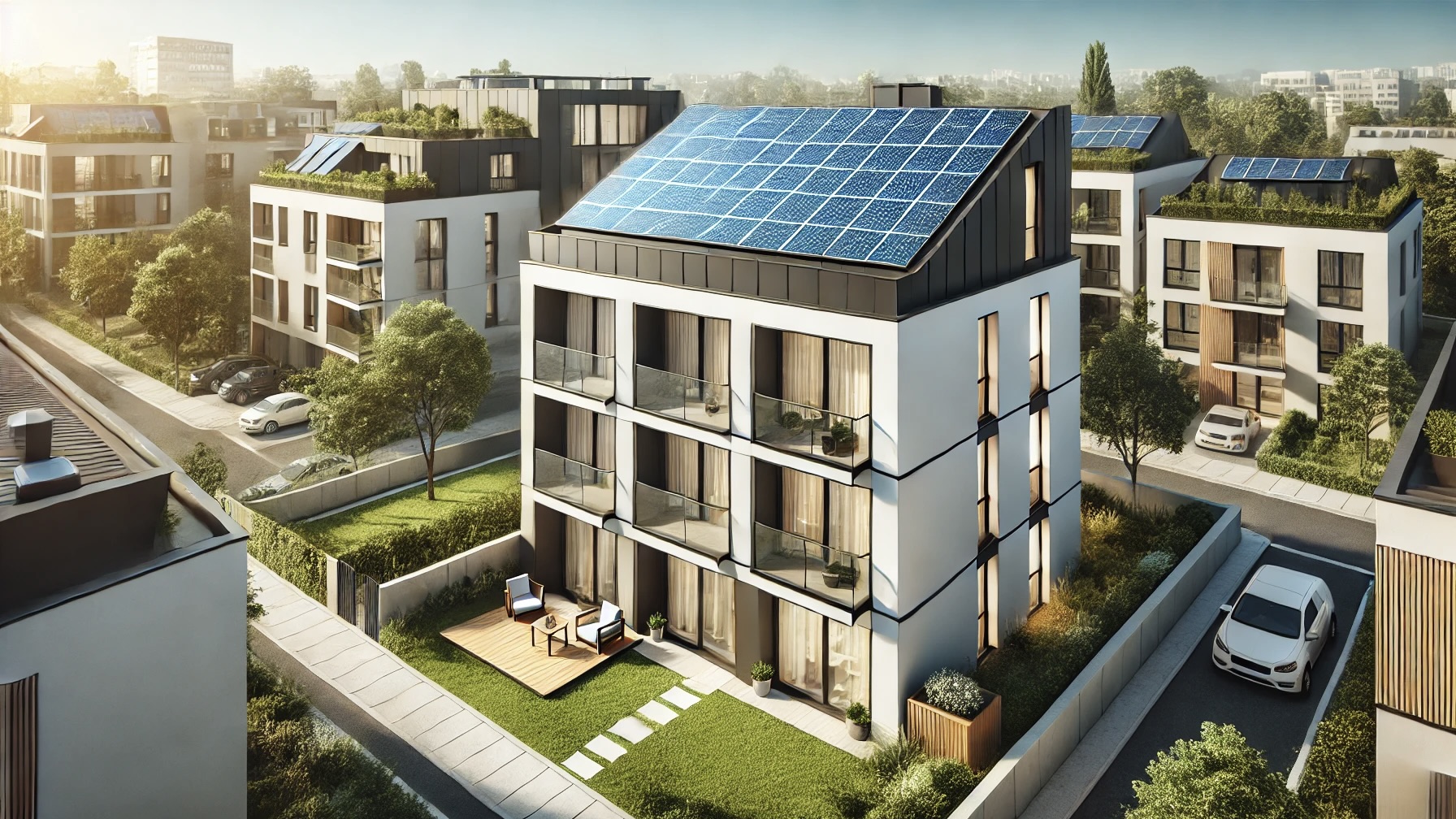;)
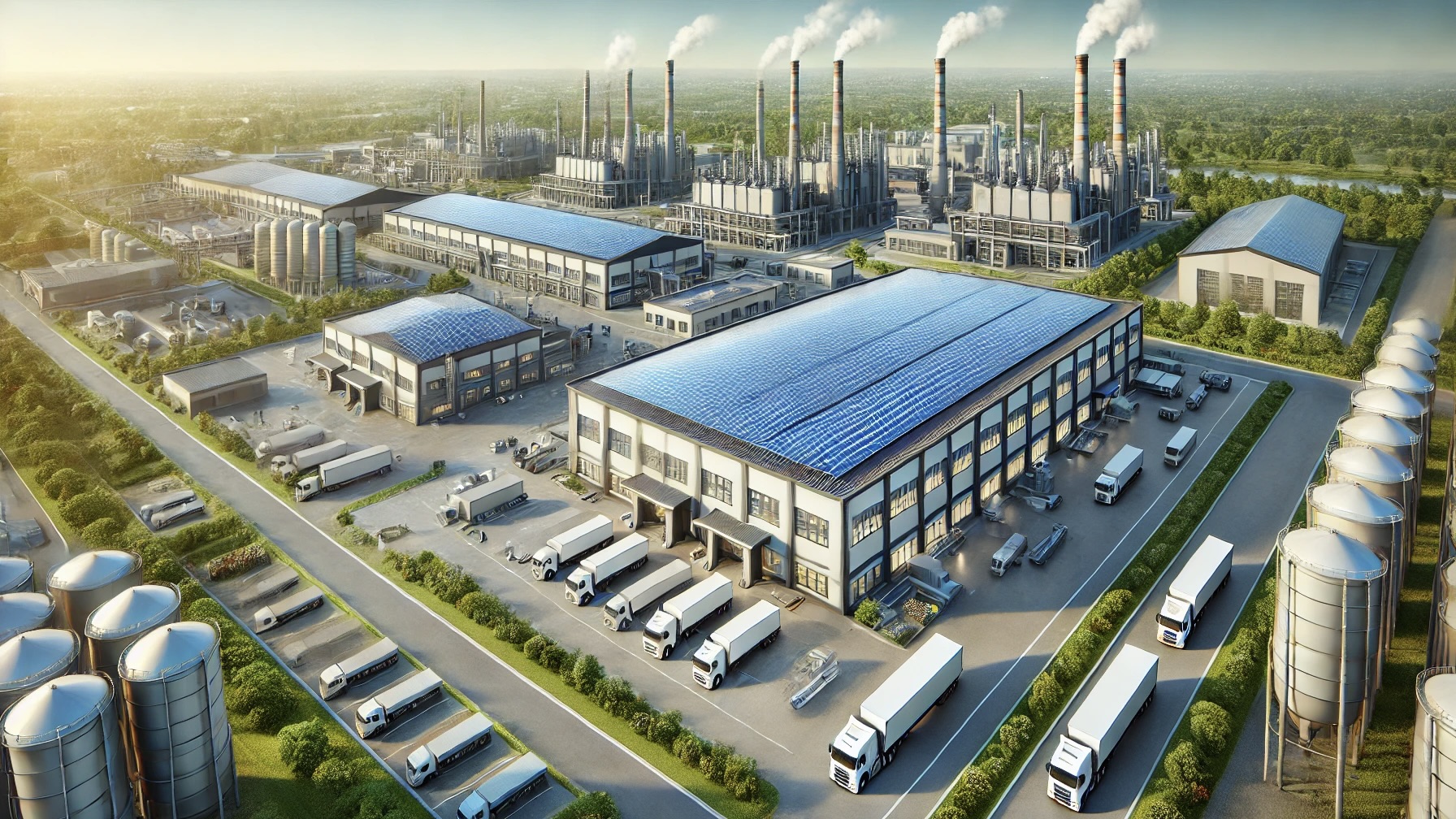;)
;)
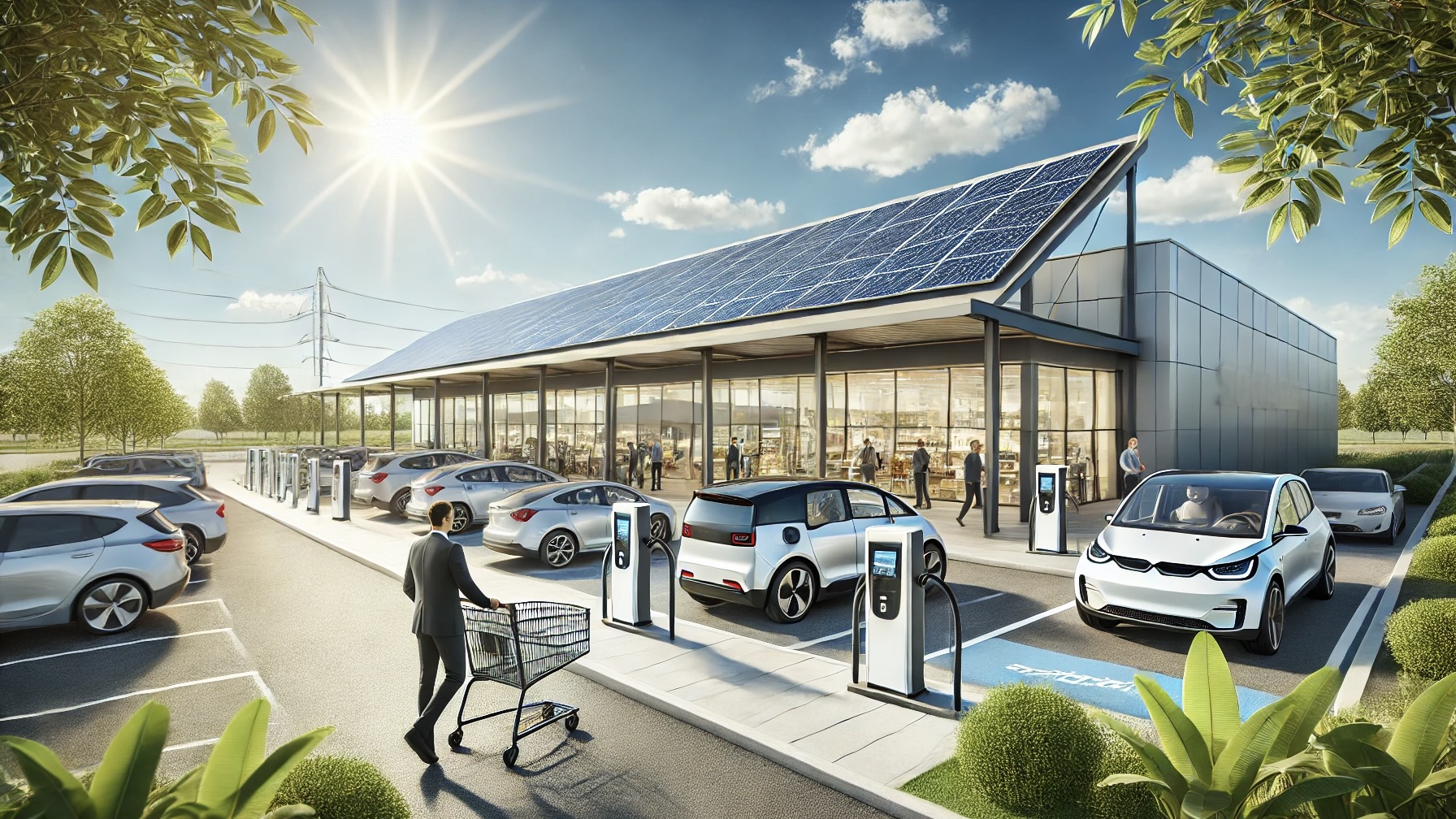;)
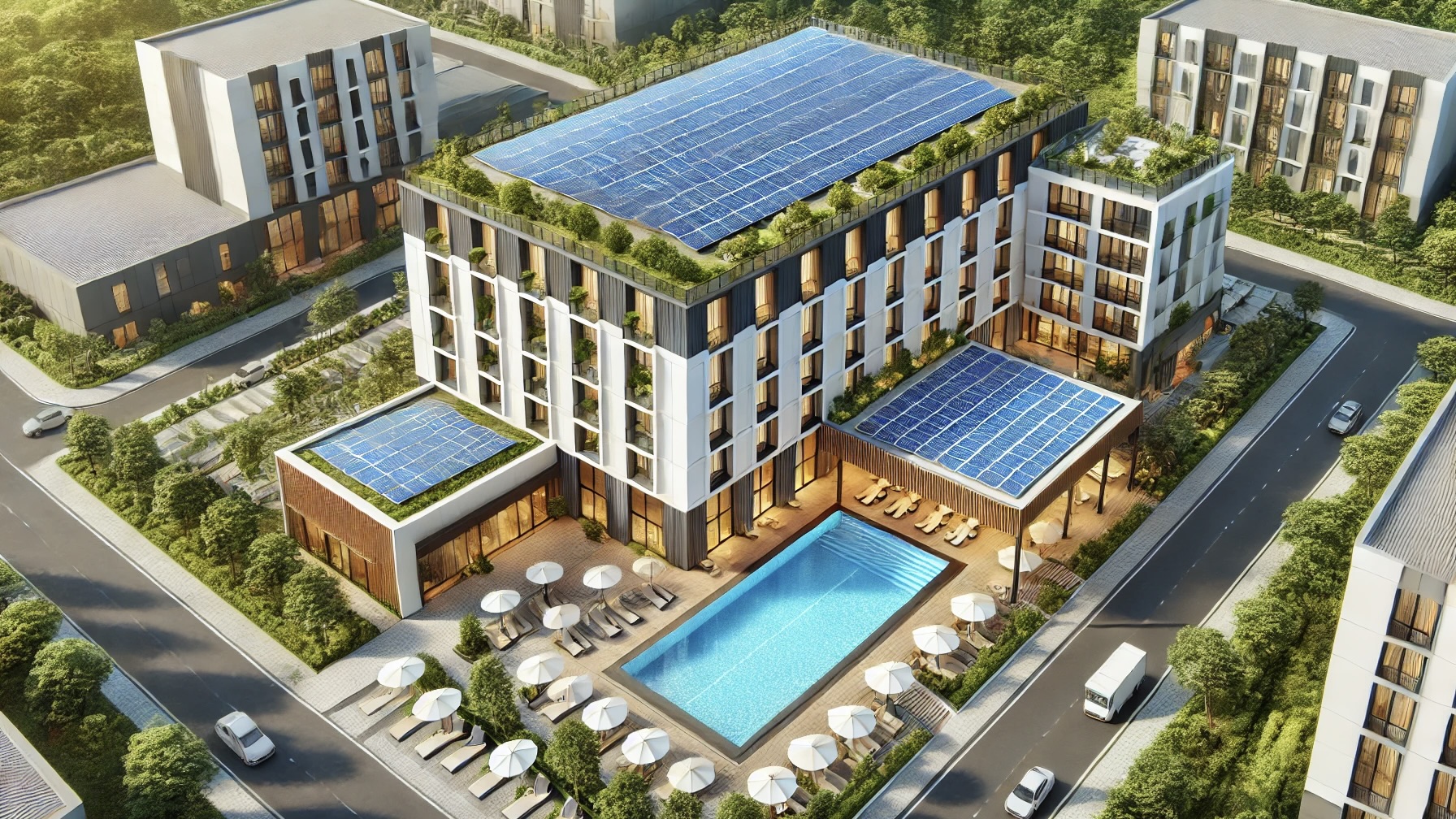;)
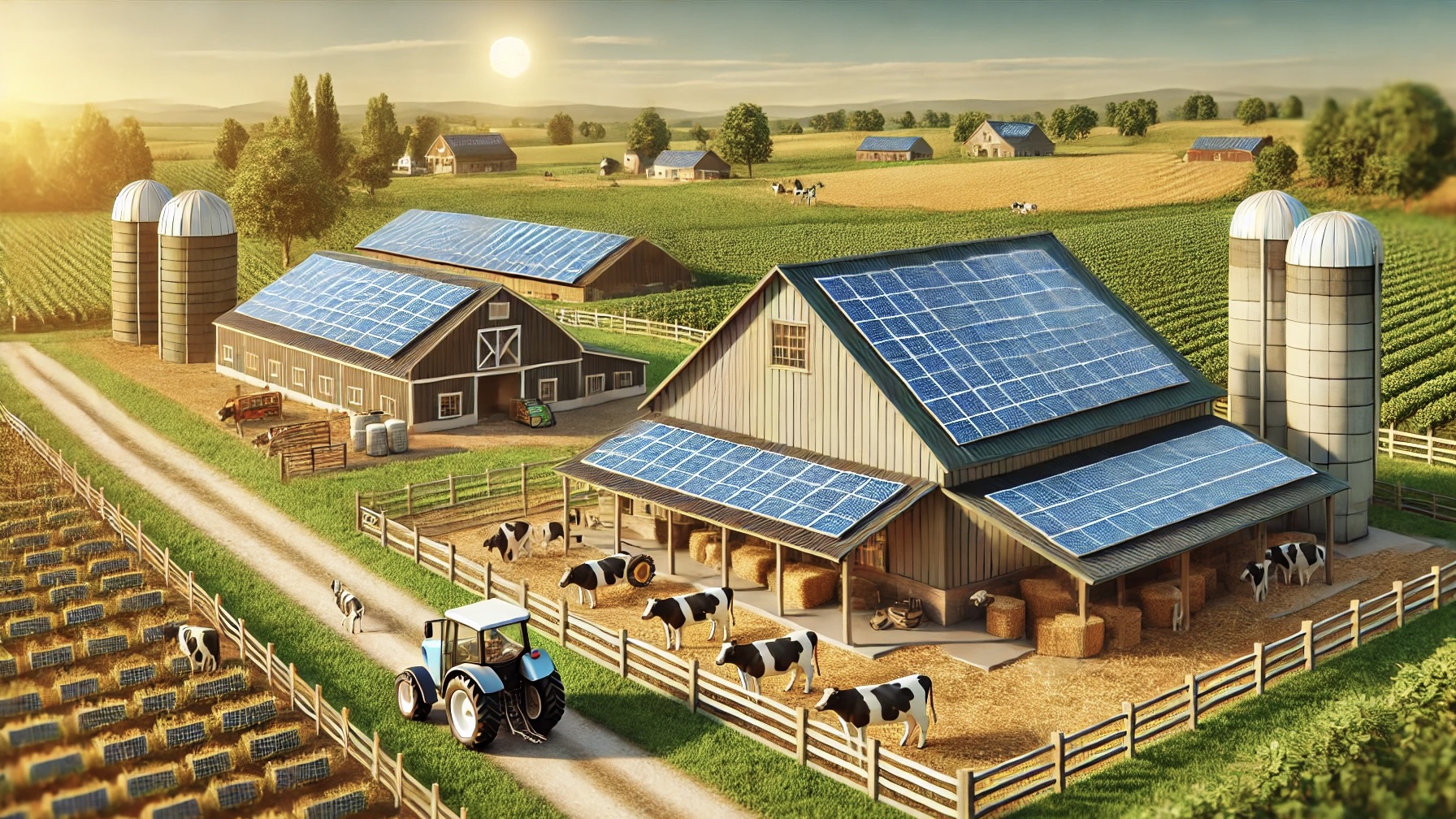;)
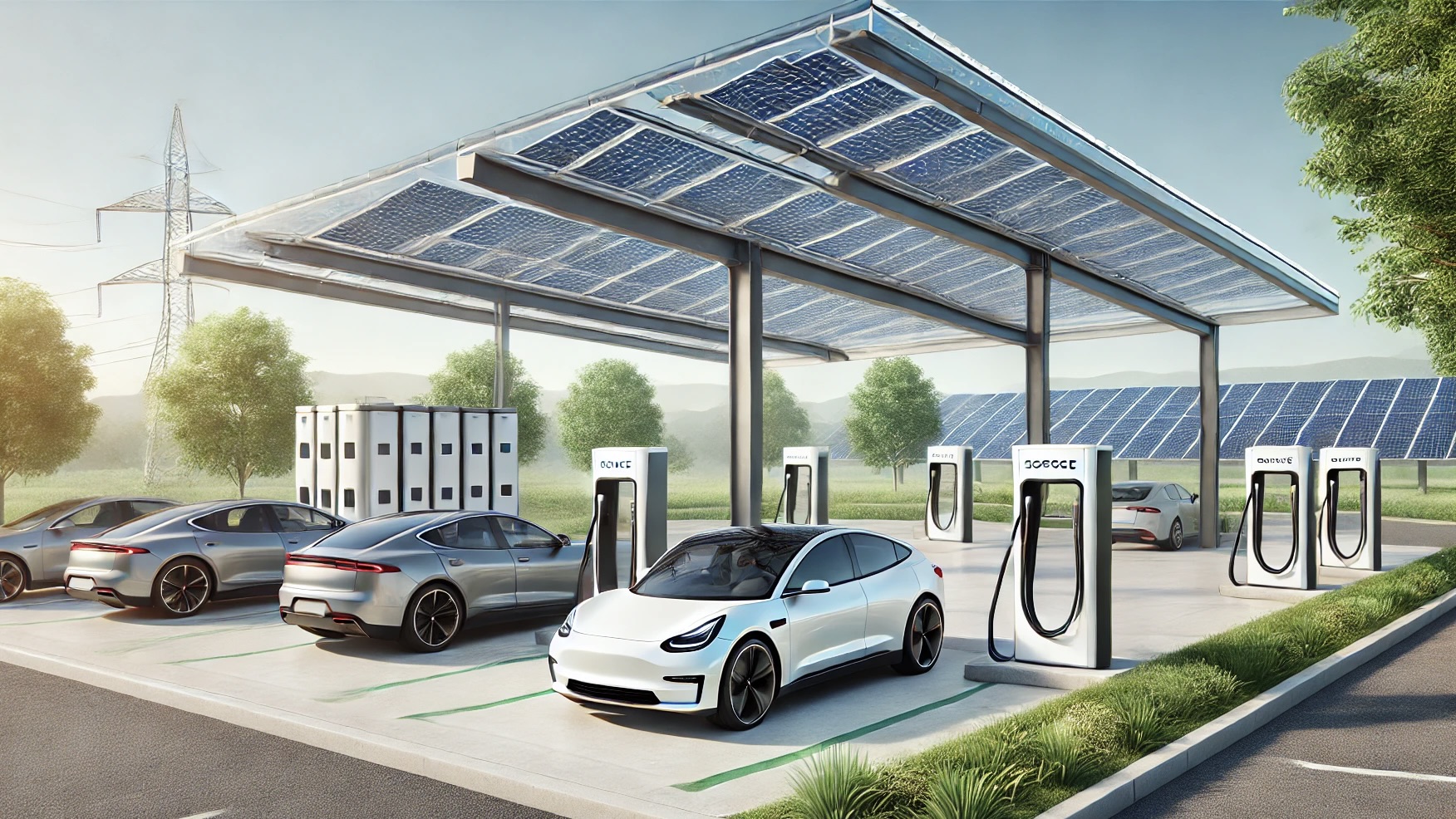;)
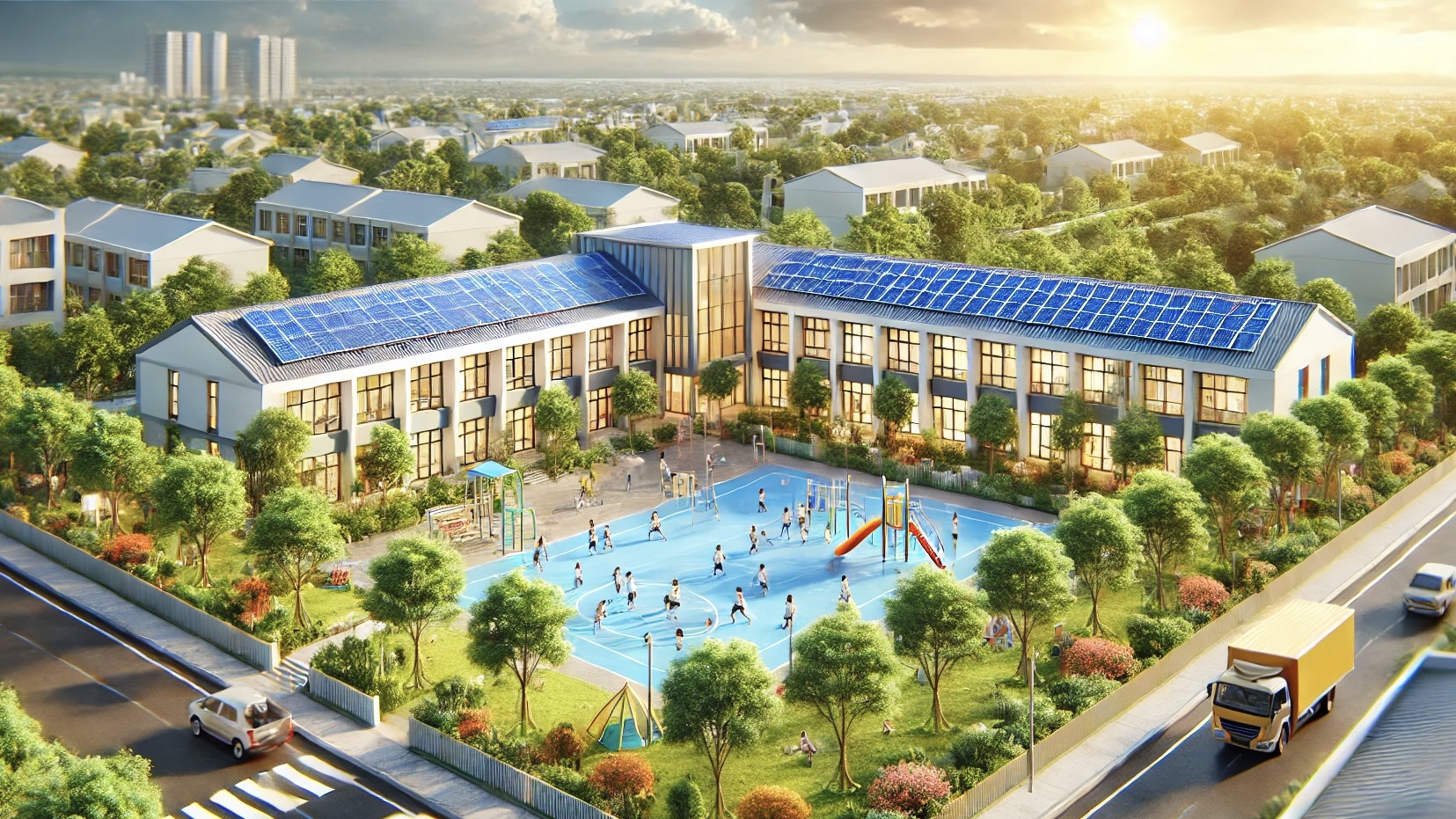;)
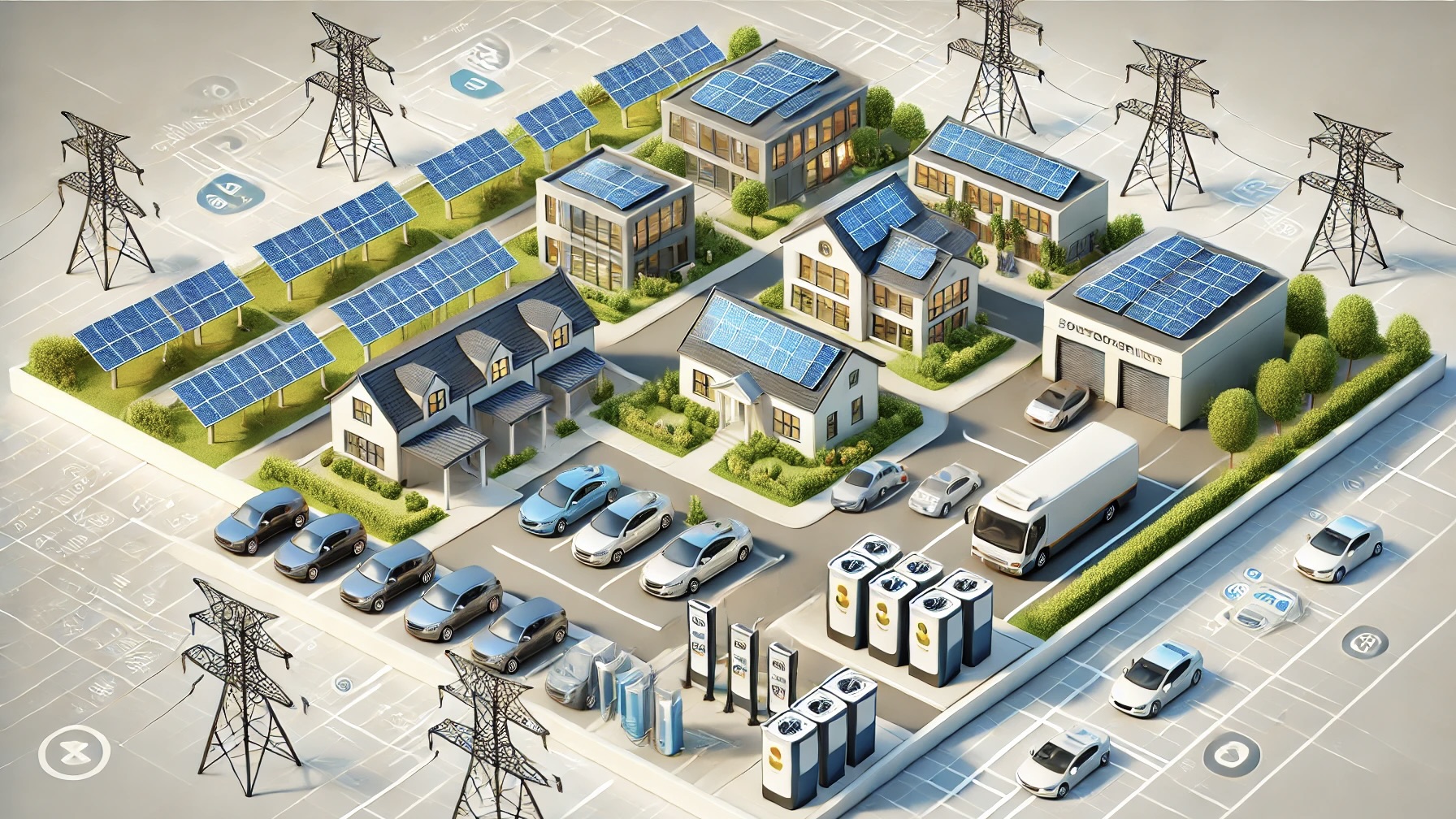;)
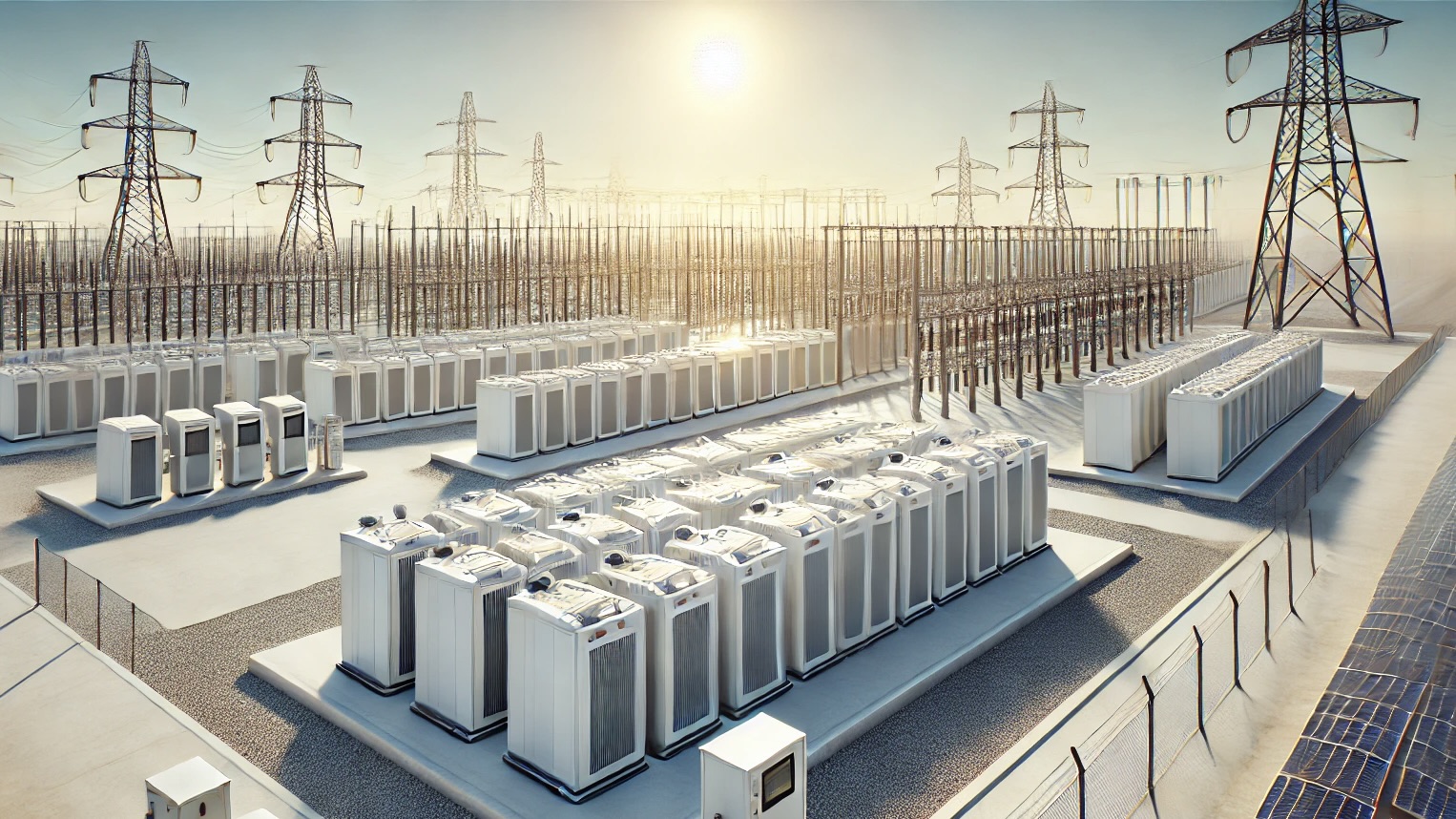;)
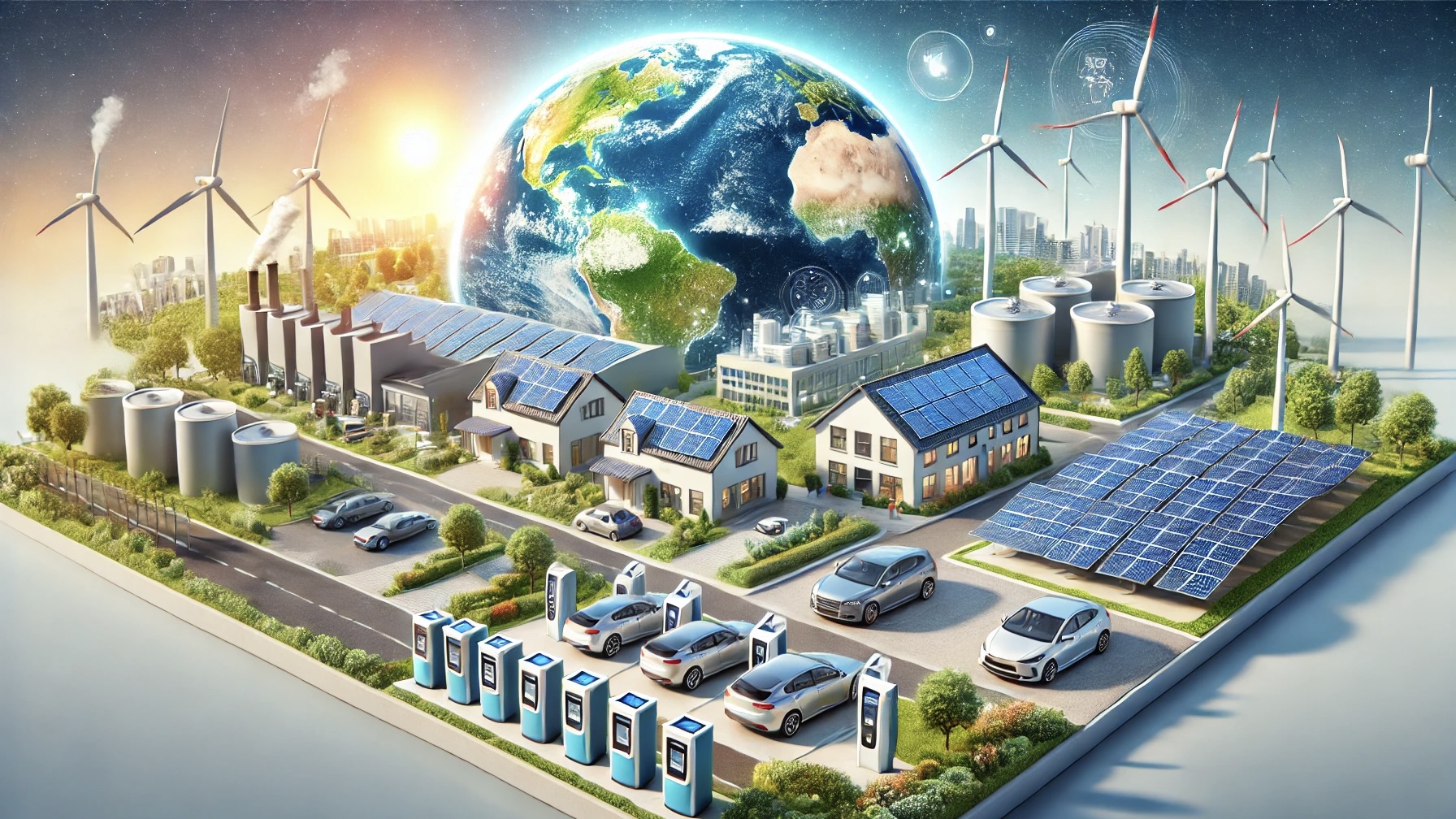;)